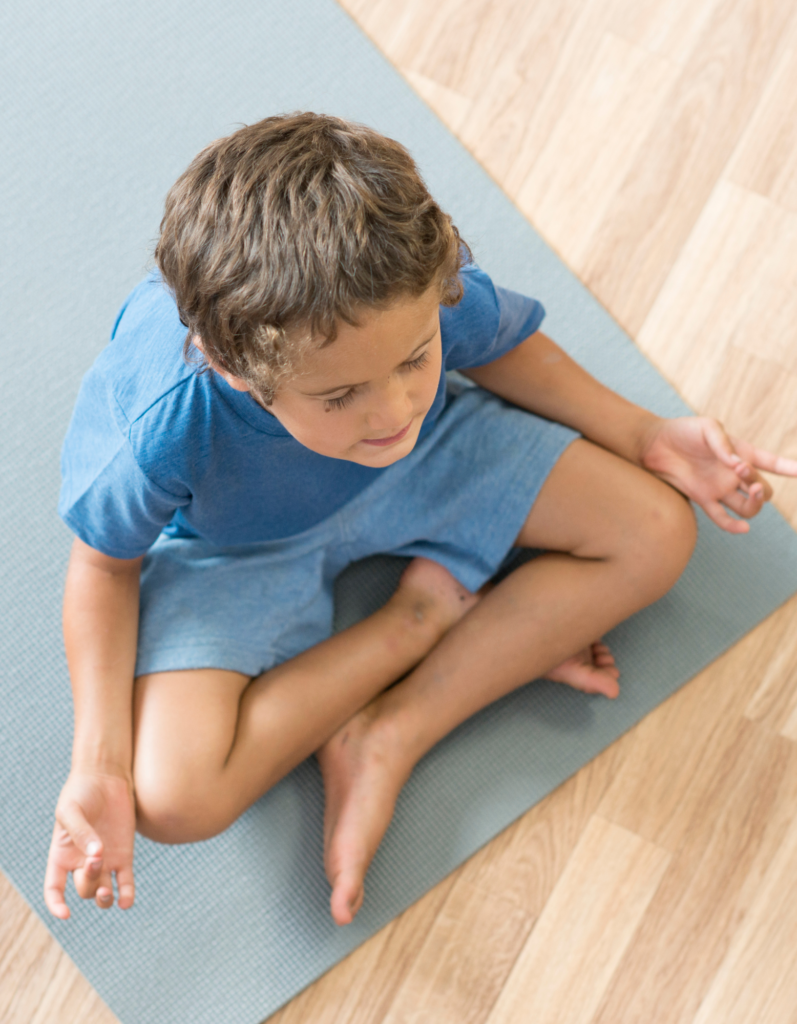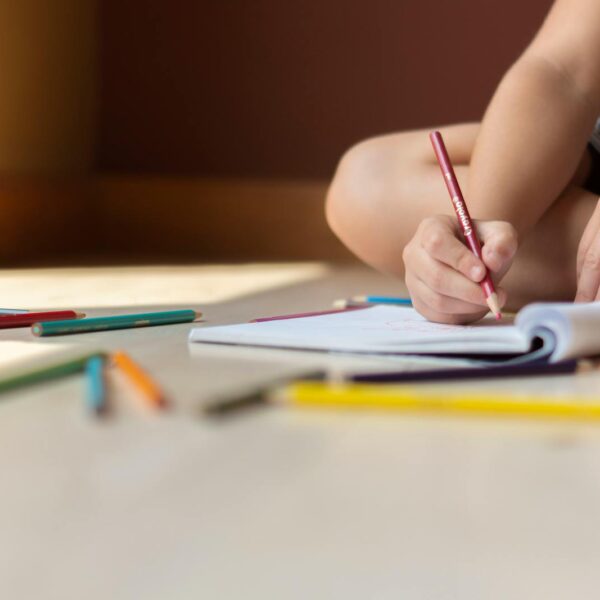As a former teacher, I vividly recall the challenges that come with managing a classroom filled with students who have diverse needs and demands. One particular year stands out, where I faced the formidable task of engaging a class with a majority of students requiring high levels of attention and support beyond the standard curriculum. It became evident that my students were seeking more than just academic skills—they needed a sense of calm and connection amidst the chaos. Reflecting back, I couldn’t help but see how implementing a mindfulness routine could have transformed the dynamics of that challenging class for the better.

Example Strategy: Mindful Start to the Day
Step-by-Step Instructions:
Morning Mindfulness Ritual: Begin each day with a short mindfulness exercise to set a positive tone for the day. Invite students to find a comfortable seated position and guide them through a brief meditation or deep breathing exercise.
Mindful Transitions: Incorporate mindfulness into transitional periods throughout the day, such as between subjects or activities. Encourage students to take a moment to pause, breathe, and refocus their attention before moving on to the next task.
Mindful Reflections: At the end of the day, facilitate a brief reflection period where students can share their experiences and insights from practicing mindfulness. Encourage open dialogue and create a supportive space for students to express themselves.
Additional Strategies To Consider Implementing
Mindful Reflection:
- Dedicate a few minutes at the end of each lesson for mindful reflection.
- Ask students to reflect on their feelings, thoughts, and experiences during the lesson.
Mindful Movement:
- Incorporate mindful movement into your lessons through simple stretches, yoga, or mindful walking.
- Encourage students to move with awareness, focusing on the sensations in their bodies
Mindful Listening:
- Practice mindful listening by taking turns sharing and listening without interrupting.
- Encourage students to listen with open hearts and minds, without judgment.
Mindful Transitions:
- Use mindful transitions to smoothly move between different activities.
- Incorporate short mindfulness practices like deep breaths or a brief silence before starting a new activity.
Encourage Self-Compassion:
- Teach students about self-compassion and encourage them to be kind and understanding towards themselves.
- Provide opportunities for self-reflection and self-care practices.
Create a Mindfulness Corner:
- Set up a designated space in the classroom as a “mindfulness corner” with comfortable seating and calming resources.
- Encourage students to use this space for quiet reflection or mindful activities.
Collaborate with Parents:
- Communicate with parents about the benefits of mindfulness and encourage them to practice it at home.
- Provide resources and tips for parents to support their children’s mindfulness journey.
By integrating mindfulness practices into our classroom routines, we create an environment where students feel calm, centered, and ready to engage in meaningful learning experiences. Let’s cultivate a culture of mindfulness and positivity in our classrooms!





Leave a Reply